As a popular platform among many generations, YouTube’s comments section has valuable data you can use for sentiment analysis, market research, or even creating datasets for prospecting.
Still, collecting data from social media platforms differs slightly from public websites—you agree to terms of service that might come in the way of scraping.
To get first-hand insights, we consulted our network of sales professionals who specialize in data extraction and prospect research. With their valuable input, we break down the three methods to try and recommend a YouTube comment scraper as the most straightforward approach, especially for users looking for a no-code solution. 🧑💻
Is It Legal To Scrape YouTube?
While scraping public data, including YouTube comments, is generally legal, it also depends on a few factors:
- 📊 Type of data—Scraping private data without permission is prohibited by data protection regulations like GDPR and CCPA
- ⚖️ Terms of service—YouTube’s terms of service prohibit users from scraping without explicit permission, and violations could lead to legal action. These terms are not enforceable if you scrape without logging in
- 🚫 Copyright laws—Scraping copyrighted data is not illegal if done in line with the fair use doctrine, but reproducing or distributing it without the owner’s authorization can result in legal penalties
So, scraping YouTube is not illegal in itself, but the type of data you scrape, as well as how you do it and what you use it for, can influence its legality. To be safe, consult a legal professional before scraping to understand your jurisdiction’s stance on scraping. 👮
💡 Bonus read: Find the best ways to scrape emails from Facebook and Instagram. Or—see what scrapers work well with Mac.
Is It Possible To Scrape YouTube Comments?

Scraping YouTube comments is possible, and you can do it in three different ways:
- Using the official YouTube API
- By building a custom scraper using Python
- Using ready-made scraping software
While each method is effective to an extent, the last option is the easiest and most resource-saving. Let’s break them all down!
Scraping Using the YouTube API
If you want to scrape YouTube comments ethically without the risk of getting banned, you should use the YouTube Data API. ⛔
Using it requires at least some basic coding skills and familiarity with HTTP requests and JSON responses. Although YouTube provides comprehensive documentation and client libraries to make it accessible, non-technical users new to coding may find these concepts confusing and take a long time to master them.
Using the API to scrape generally involves the five steps below:
- Create a Google account
- Create a new project in the Google Cloud Console
- Obtain API credentials
- Install the necessary libraries
- Write code
If you need to scrape private data, you also need to implement OAuth 2.0 to request user permission. 💻
Some of these steps are highly technical and complex, so using the API can be time-consuming, even for developers with considerable coding skills.
You can use the YouTube Data API for free if you don't exceed the daily quota of 10,000 API units. While this is enough for small-scale or hobby data scraping projects, you will need to open your wallet for larger-scale scraping.
That said, the API doesn't give full access to all the data points on the platform, so you may not be able to extract all the data you need.
Building a Scraper in Python

Python is a popular choice in data scraping due to the wide range of libraries that can handle complex websites, parse text, and interact with HTML forms. If you have the time and necessary coding background, you can use it to create a YouTube comment scraper from scratch. ⌨️
To build a simple Python script, you only need to install scraping libraries like BeautifulSoup or Selenium and code a Python loop to iterate over the comments as it scrapes.
However, if you need a robust YouTube comment scraper, you’ll need some additional features outlined in the table below:
Even with considerable coding skills, implementing these features can take a lot of time and effort and may be challenging to handle effectively without help. You can avoid the hassle by paying a developer to create a custom YouTube comment scraper for you, but you still have to learn to use and manage it. 🚧
With numerous robust no-code YouTube comment scraper tools available, creating a Python scraper from scratch is not worth the trouble.
No-Code Web Scrapers
If you don't have a technical background or want to avoid creating a YouTube comment scraper from scratch, you can use a web scraper tool and collect comments without writing a single line of code. 👍
No-code web scrapers can come as ready-made solutions that don’t require a lengthy setup process or as toolkits for building a custom scraper. They typically have intuitive and user-friendly interfaces that rely on the following:
- 🖱️ Pointing and clicking—Open the comments on a YouTube video and click on the data points you need to extract
- 🔗 URLs—Provide a YouTube video URL, and the tool scrapes its comments
- ⌨️ Prompts—Instruct the scraper on the comments you need and where to find them, and it extracts them for you
Many advanced web scrapers also have features like scheduling and pagination handling, which would otherwise take a long time to code. These tools could be an excellent choice if you need a powerful YouTube comment scraper without a complex setup process.
For a comprehensive solution that goes beyond scraping and gives you access to millions of data points—we recommend Clay. 🎯
How To Scrape YouTube Comments With Clay
If you need an intuitive data provider, an enrichment platform, and a no-code web data scraper in one, Clay is an excellent option. It can single-handedly carry your scraping projects or entire marketing campaigns. 🦾
.avif)
Clay offers three convenient ways to scrape YouTube comments:
Use Claygent To Scrape Any Public Data
Claygent is an innovative AI web scraper that can visit any website to extract data and deliver it in the format you want. You can automate the entire scraping process, save time and effort, and minimize human error.
It works similarly to ChatGPT and uses natural language processing to receive instructions and give back results. Claygent is intuitive and easy to use—all you have to do is:
- Log into Clay and create a new table
- Add a list of videos you want to scrape comments from
- Click Enrich Data and then search for Claygent
Give Claygent prompts on the data you want to collect or ask specific questions, and it will it report back in minutes and let you check the logic behind its answer to verify accuracy. 🔬
Use Clay’s Chrome Extension To Scrape Live Data
If you want to scrape as you browse, the intuitive Chrome extension is up to the task. It can pull data from any website and export it to your Clay table in a couple of clicks. 🖱️
The extension uses automatic detection or predefined recipes to collect data when you open the comments section of a YouTube video. For more customization, you can create your own recipe by selecting the specific data points you need on any page.
In addition to scraping comments, the extension can support any project and lets you:
- Pull in new leads
- Get insights into popular products
- Get data on any company
- Find relevant keywords
.avif)
Take Advantage of Clay’s Native Integrations
If you want a completely hands-off experience, use some of the many web scraping integrations that Clay natively offers. The table below highlights a few that you’ll love:
If you still need more options, Clay also offers web scraping templates that come with automations and pre-built Clay tables for various use cases, such as:
Clay’s Enrichment Features You’ll Love

The advanced scraping capabilities are only a part of Clay’s diverse feature set. Here’s an overview of other fantastic features:
- 📊 50+ data providers—Clay integrates with dozens of data providers to give you exceptional data access without purchasing separate subscriptions
- 🌊 Waterfall enrichment—The platform searches the data providers one by one until it finds the data you asked for
- 🗃️ Data formatting—Clay automatically cleans and formats messy data to make your results ready for use
- 📧 Email personalization—The AI messaging lets you use the enriched data to craft hyper-personalized messages for each prospect
Clay’s multifunctionality is one of its greatest strengths—here’s what one user had to say about it:

Create Your Clay Account
To access all of these features, create a free Clay account in three quick steps:
- Go to the signup page 👈
- Provide your name, email, and password
- Explore Clay’s scraping and enrichment capabilities
Clay’s free forever plan and 14-day free trial are perfect for testing out all features. Once you get a feel for the platform, you can opt for one of the following paid plans:
For more interesting Clayformation, visit Clay University, join the Slack community, or sign up for the newsletter. 💌
💡 Bonus read: Check out these articles and find the fastest way to scrape platforms like:
As a popular platform among many generations, YouTube’s comments section has valuable data you can use for sentiment analysis, market research, or even creating datasets for prospecting.
Still, collecting data from social media platforms differs slightly from public websites—you agree to terms of service that might come in the way of scraping.
To get first-hand insights, we consulted our network of sales professionals who specialize in data extraction and prospect research. With their valuable input, we break down the three methods to try and recommend a YouTube comment scraper as the most straightforward approach, especially for users looking for a no-code solution. 🧑💻
Is It Legal To Scrape YouTube?
While scraping public data, including YouTube comments, is generally legal, it also depends on a few factors:
- 📊 Type of data—Scraping private data without permission is prohibited by data protection regulations like GDPR and CCPA
- ⚖️ Terms of service—YouTube’s terms of service prohibit users from scraping without explicit permission, and violations could lead to legal action. These terms are not enforceable if you scrape without logging in
- 🚫 Copyright laws—Scraping copyrighted data is not illegal if done in line with the fair use doctrine, but reproducing or distributing it without the owner’s authorization can result in legal penalties
So, scraping YouTube is not illegal in itself, but the type of data you scrape, as well as how you do it and what you use it for, can influence its legality. To be safe, consult a legal professional before scraping to understand your jurisdiction’s stance on scraping. 👮
💡 Bonus read: Find the best ways to scrape emails from Facebook and Instagram. Or—see what scrapers work well with Mac.
Is It Possible To Scrape YouTube Comments?

Scraping YouTube comments is possible, and you can do it in three different ways:
- Using the official YouTube API
- By building a custom scraper using Python
- Using ready-made scraping software
While each method is effective to an extent, the last option is the easiest and most resource-saving. Let’s break them all down!
Scraping Using the YouTube API
If you want to scrape YouTube comments ethically without the risk of getting banned, you should use the YouTube Data API. ⛔
Using it requires at least some basic coding skills and familiarity with HTTP requests and JSON responses. Although YouTube provides comprehensive documentation and client libraries to make it accessible, non-technical users new to coding may find these concepts confusing and take a long time to master them.
Using the API to scrape generally involves the five steps below:
- Create a Google account
- Create a new project in the Google Cloud Console
- Obtain API credentials
- Install the necessary libraries
- Write code
If you need to scrape private data, you also need to implement OAuth 2.0 to request user permission. 💻
Some of these steps are highly technical and complex, so using the API can be time-consuming, even for developers with considerable coding skills.
You can use the YouTube Data API for free if you don't exceed the daily quota of 10,000 API units. While this is enough for small-scale or hobby data scraping projects, you will need to open your wallet for larger-scale scraping.
That said, the API doesn't give full access to all the data points on the platform, so you may not be able to extract all the data you need.
Building a Scraper in Python

Python is a popular choice in data scraping due to the wide range of libraries that can handle complex websites, parse text, and interact with HTML forms. If you have the time and necessary coding background, you can use it to create a YouTube comment scraper from scratch. ⌨️
To build a simple Python script, you only need to install scraping libraries like BeautifulSoup or Selenium and code a Python loop to iterate over the comments as it scrapes.
However, if you need a robust YouTube comment scraper, you’ll need some additional features outlined in the table below:
Even with considerable coding skills, implementing these features can take a lot of time and effort and may be challenging to handle effectively without help. You can avoid the hassle by paying a developer to create a custom YouTube comment scraper for you, but you still have to learn to use and manage it. 🚧
With numerous robust no-code YouTube comment scraper tools available, creating a Python scraper from scratch is not worth the trouble.
No-Code Web Scrapers
If you don't have a technical background or want to avoid creating a YouTube comment scraper from scratch, you can use a web scraper tool and collect comments without writing a single line of code. 👍
No-code web scrapers can come as ready-made solutions that don’t require a lengthy setup process or as toolkits for building a custom scraper. They typically have intuitive and user-friendly interfaces that rely on the following:
- 🖱️ Pointing and clicking—Open the comments on a YouTube video and click on the data points you need to extract
- 🔗 URLs—Provide a YouTube video URL, and the tool scrapes its comments
- ⌨️ Prompts—Instruct the scraper on the comments you need and where to find them, and it extracts them for you
Many advanced web scrapers also have features like scheduling and pagination handling, which would otherwise take a long time to code. These tools could be an excellent choice if you need a powerful YouTube comment scraper without a complex setup process.
For a comprehensive solution that goes beyond scraping and gives you access to millions of data points—we recommend Clay. 🎯
How To Scrape YouTube Comments With Clay
If you need an intuitive data provider, an enrichment platform, and a no-code web data scraper in one, Clay is an excellent option. It can single-handedly carry your scraping projects or entire marketing campaigns. 🦾
.avif)
Clay offers three convenient ways to scrape YouTube comments:
Use Claygent To Scrape Any Public Data
Claygent is an innovative AI web scraper that can visit any website to extract data and deliver it in the format you want. You can automate the entire scraping process, save time and effort, and minimize human error.
It works similarly to ChatGPT and uses natural language processing to receive instructions and give back results. Claygent is intuitive and easy to use—all you have to do is:
- Log into Clay and create a new table
- Add a list of videos you want to scrape comments from
- Click Enrich Data and then search for Claygent
Give Claygent prompts on the data you want to collect or ask specific questions, and it will it report back in minutes and let you check the logic behind its answer to verify accuracy. 🔬
Use Clay’s Chrome Extension To Scrape Live Data
If you want to scrape as you browse, the intuitive Chrome extension is up to the task. It can pull data from any website and export it to your Clay table in a couple of clicks. 🖱️
The extension uses automatic detection or predefined recipes to collect data when you open the comments section of a YouTube video. For more customization, you can create your own recipe by selecting the specific data points you need on any page.
In addition to scraping comments, the extension can support any project and lets you:
- Pull in new leads
- Get insights into popular products
- Get data on any company
- Find relevant keywords
.avif)
Take Advantage of Clay’s Native Integrations
If you want a completely hands-off experience, use some of the many web scraping integrations that Clay natively offers. The table below highlights a few that you’ll love:
If you still need more options, Clay also offers web scraping templates that come with automations and pre-built Clay tables for various use cases, such as:
Clay’s Enrichment Features You’ll Love

The advanced scraping capabilities are only a part of Clay’s diverse feature set. Here’s an overview of other fantastic features:
- 📊 50+ data providers—Clay integrates with dozens of data providers to give you exceptional data access without purchasing separate subscriptions
- 🌊 Waterfall enrichment—The platform searches the data providers one by one until it finds the data you asked for
- 🗃️ Data formatting—Clay automatically cleans and formats messy data to make your results ready for use
- 📧 Email personalization—The AI messaging lets you use the enriched data to craft hyper-personalized messages for each prospect
Clay’s multifunctionality is one of its greatest strengths—here’s what one user had to say about it:

Create Your Clay Account
To access all of these features, create a free Clay account in three quick steps:
- Go to the signup page 👈
- Provide your name, email, and password
- Explore Clay’s scraping and enrichment capabilities
Clay’s free forever plan and 14-day free trial are perfect for testing out all features. Once you get a feel for the platform, you can opt for one of the following paid plans:
For more interesting Clayformation, visit Clay University, join the Slack community, or sign up for the newsletter. 💌
💡 Bonus read: Check out these articles and find the fastest way to scrape platforms like:



















.jpg)
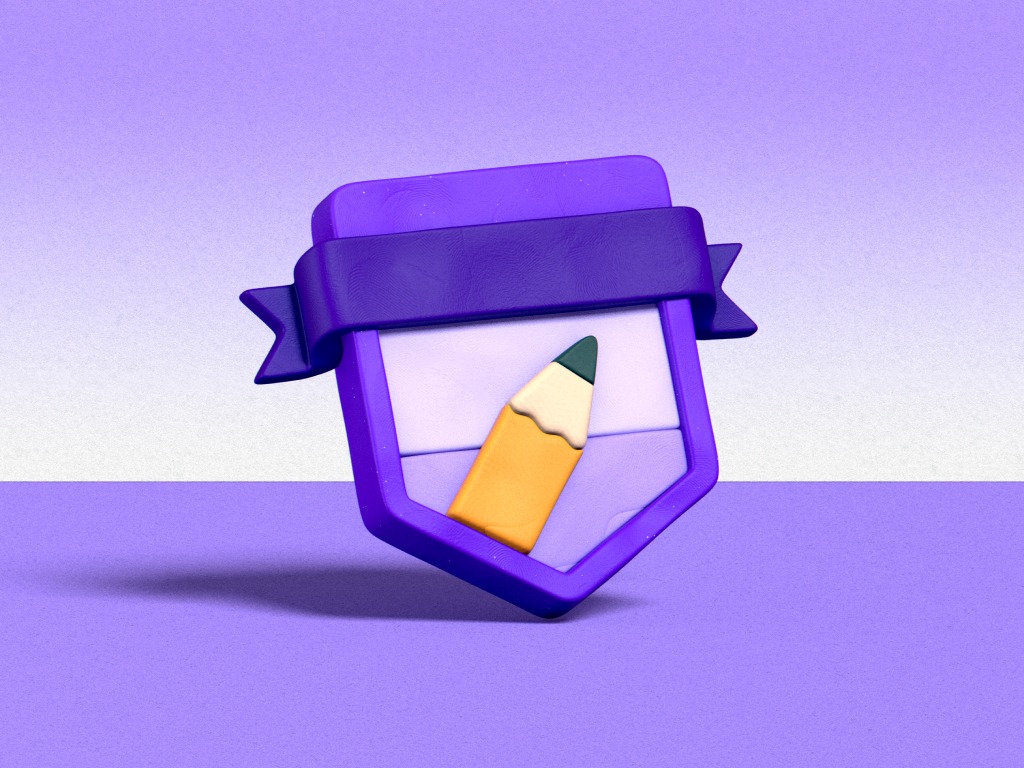

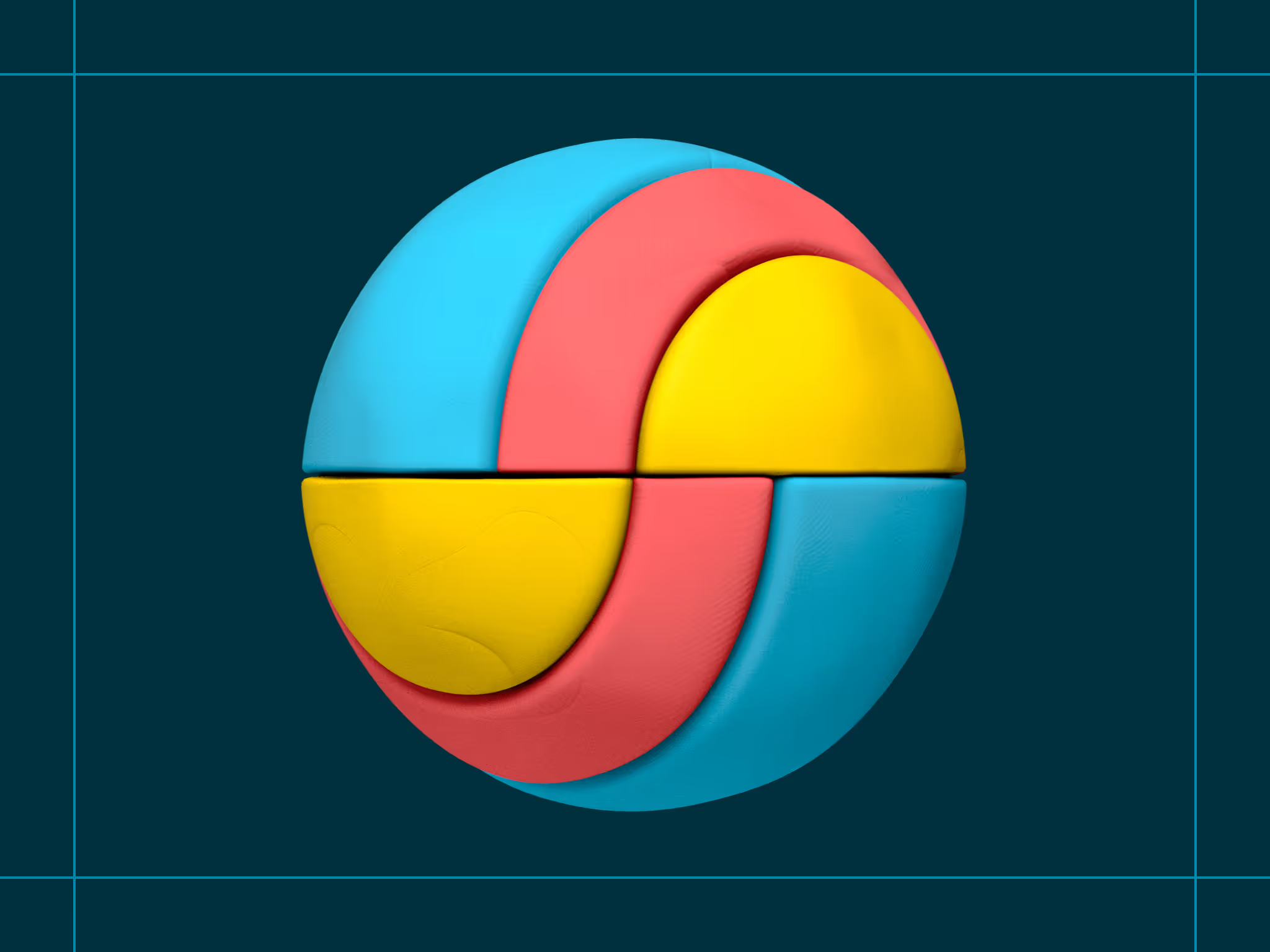
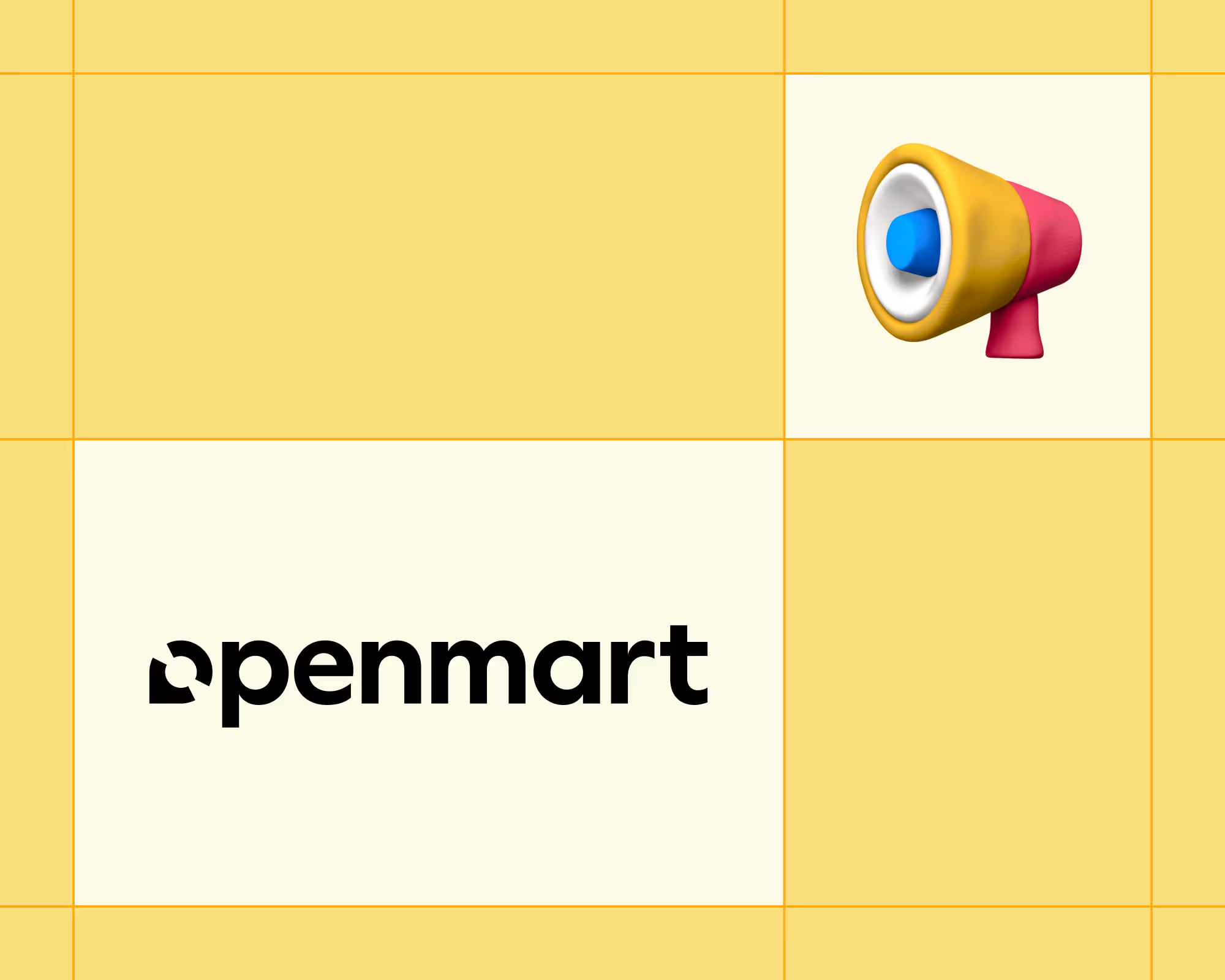
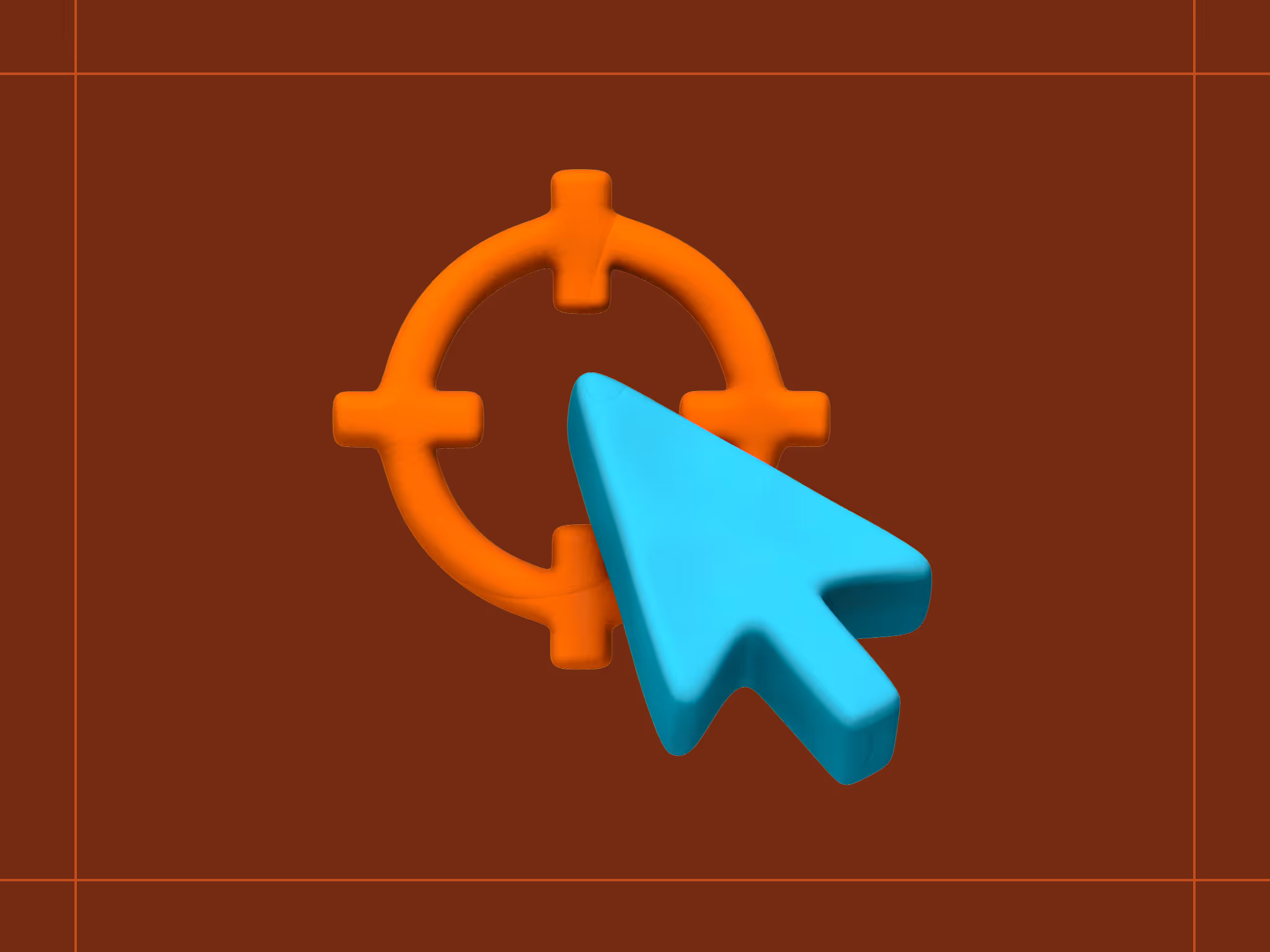
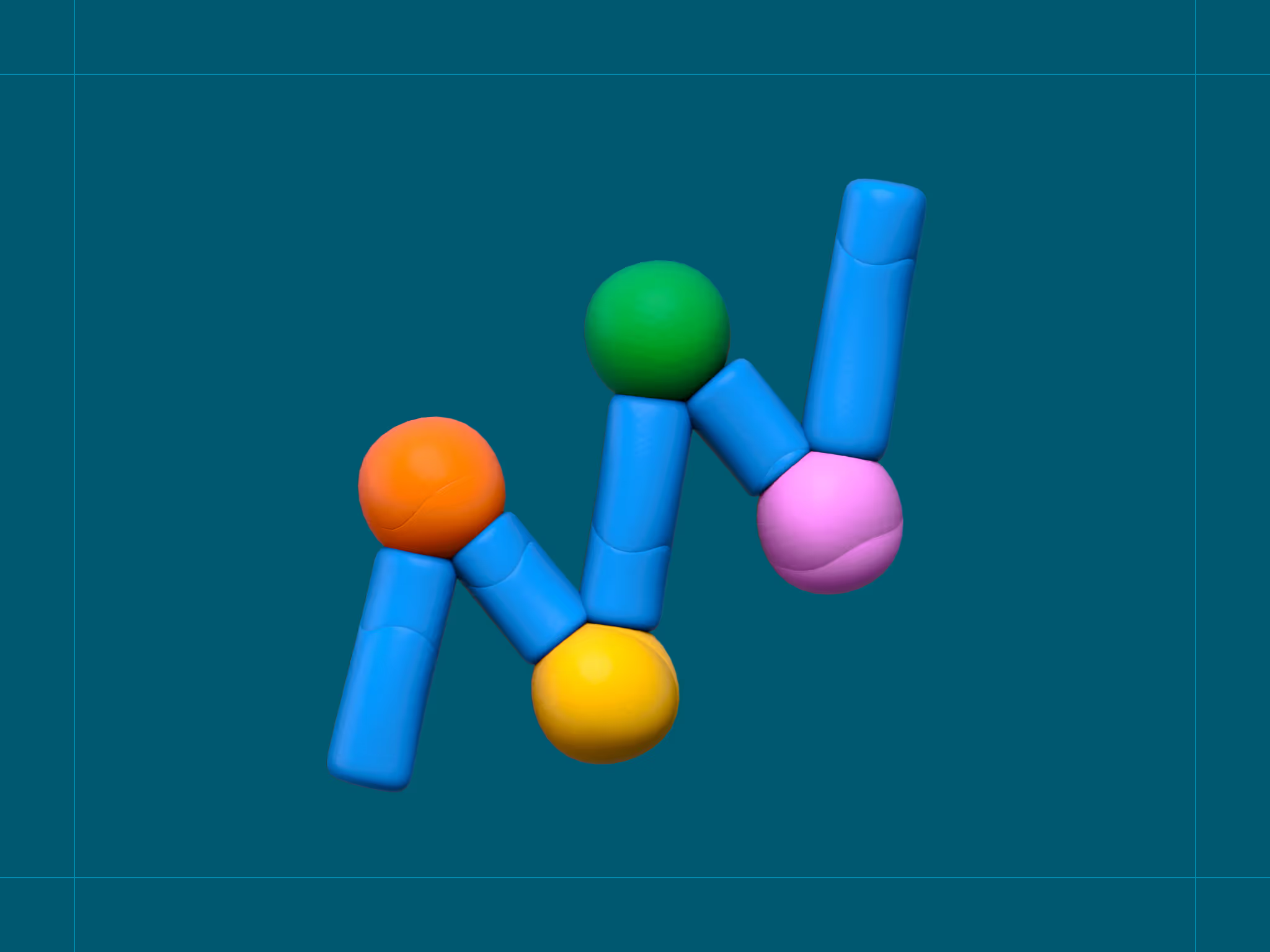
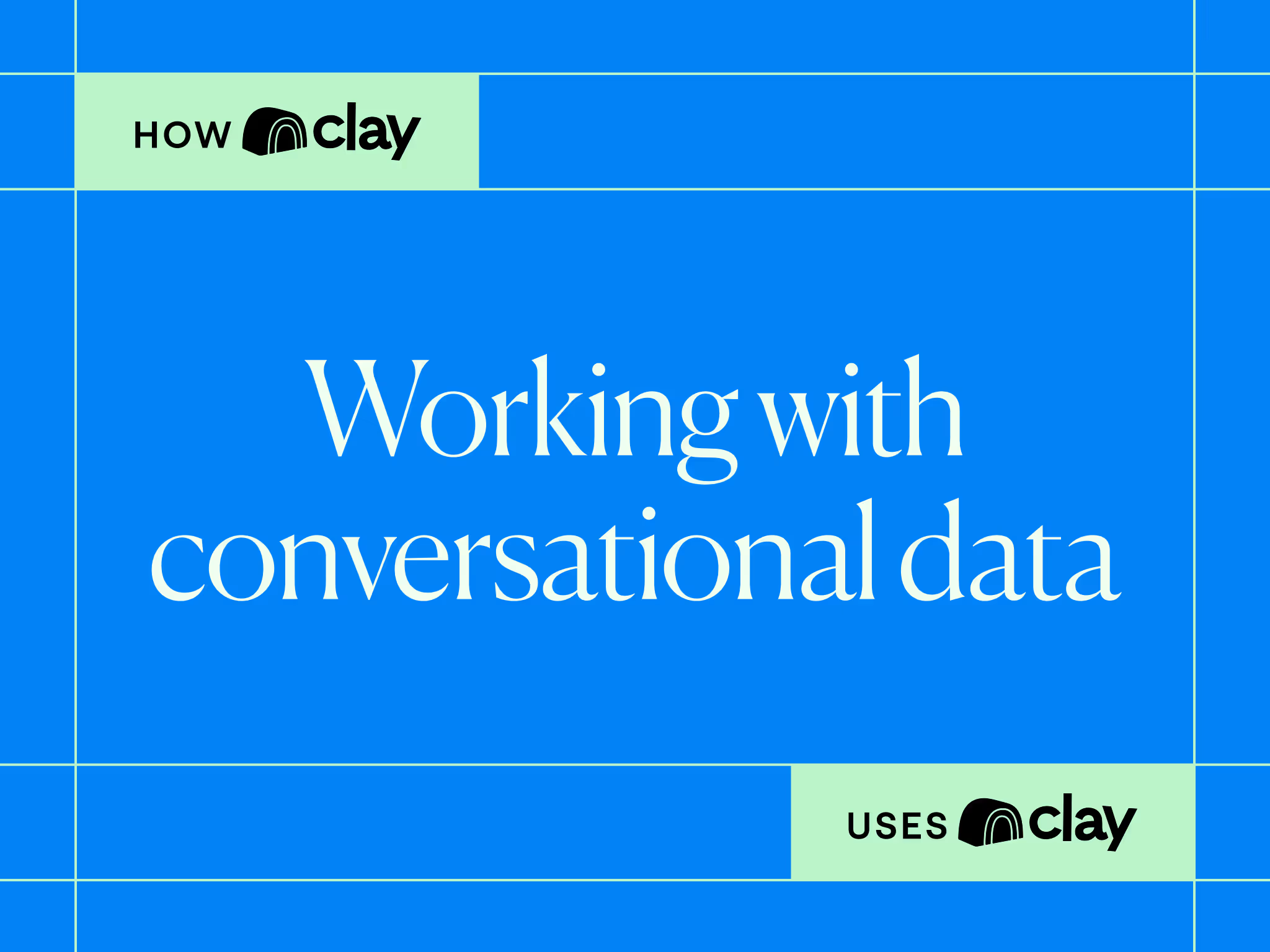
.avif)






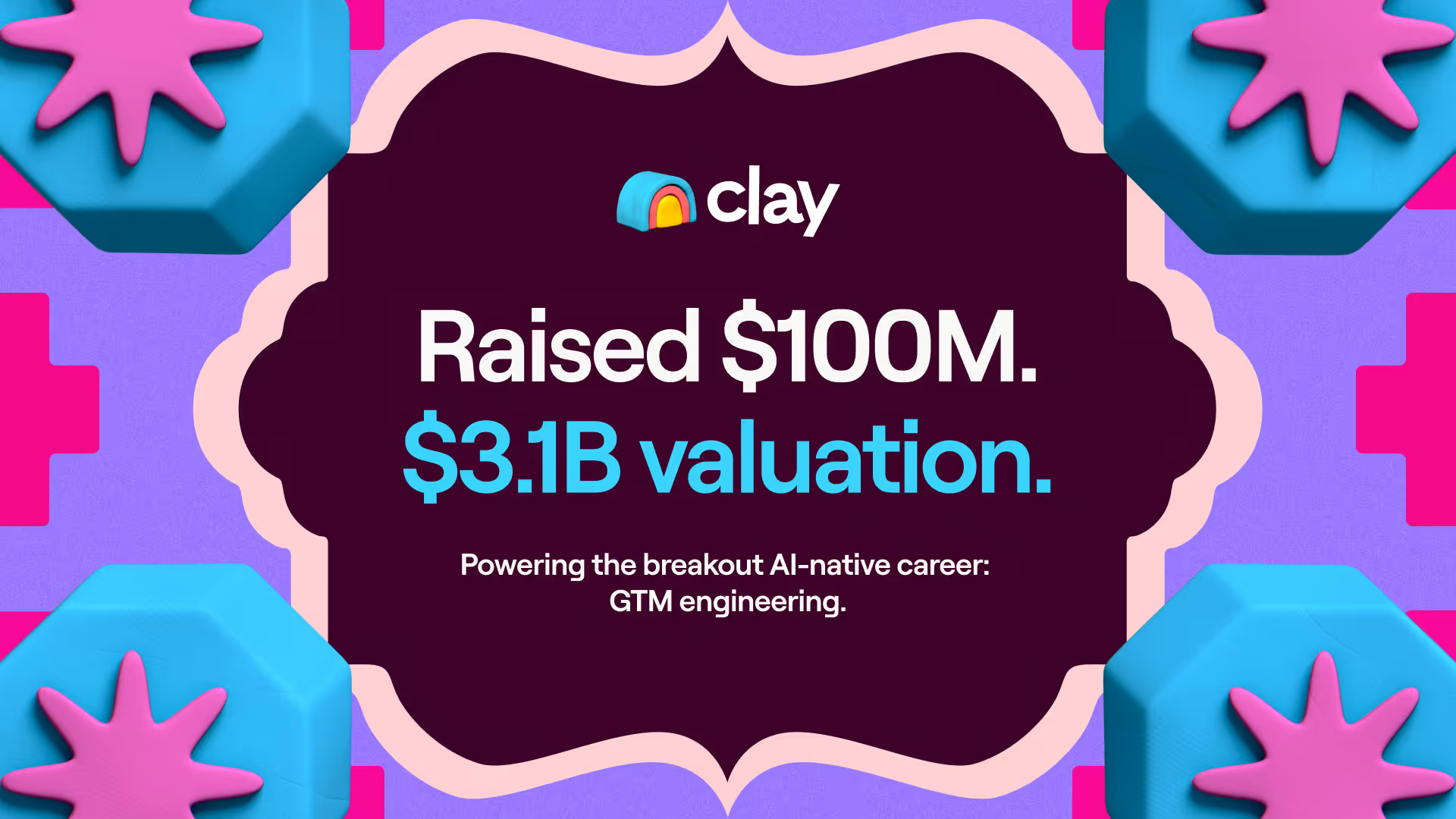
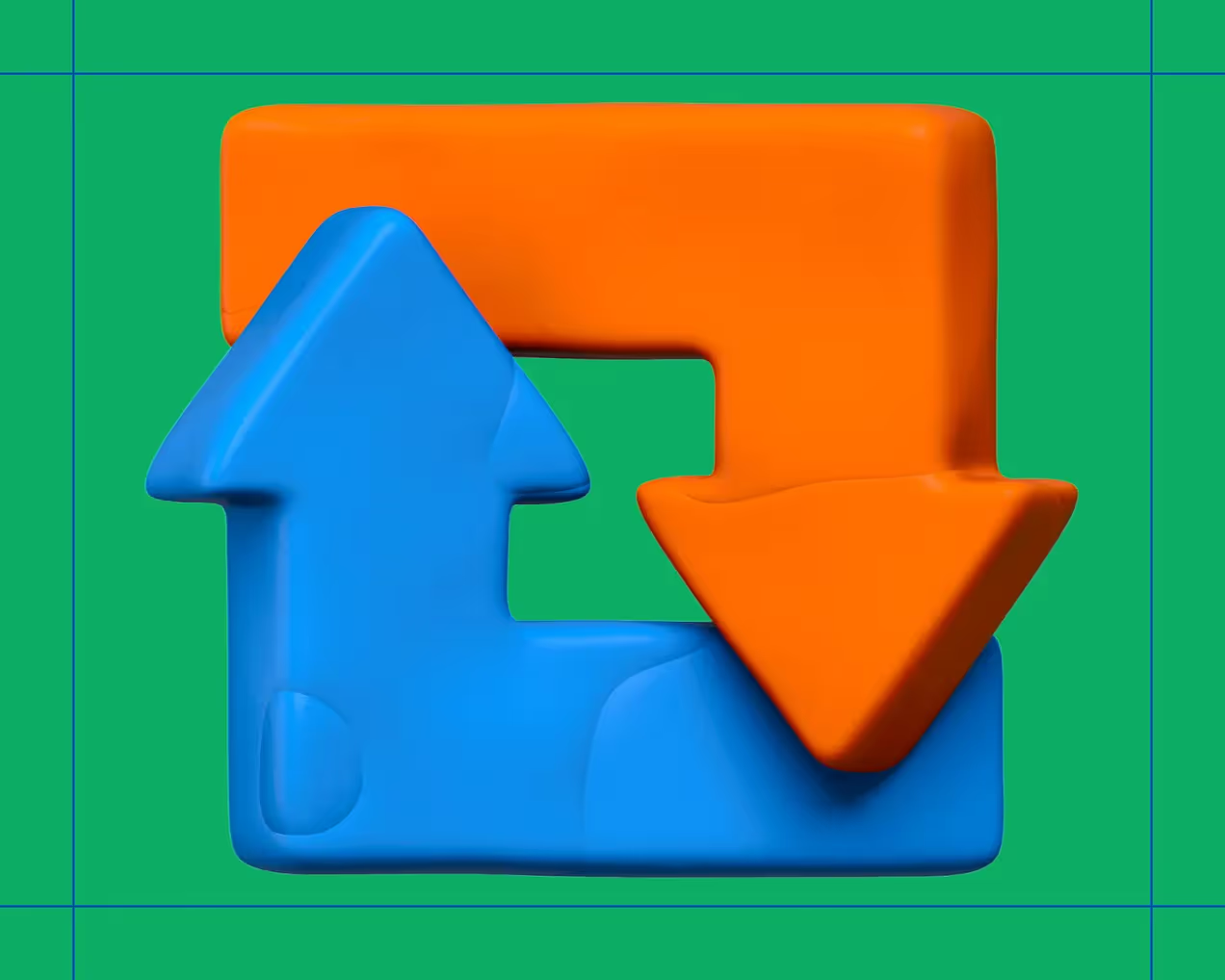



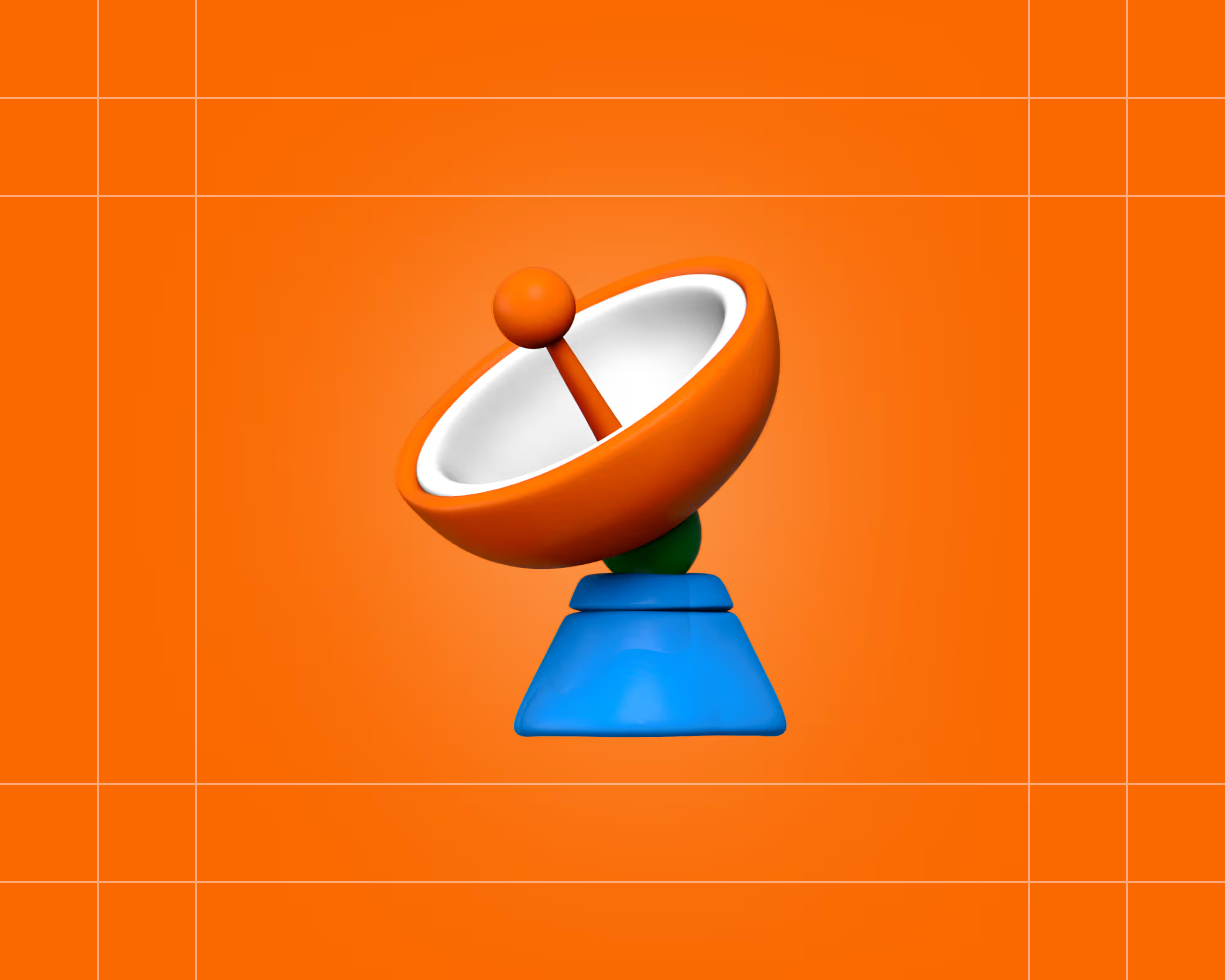


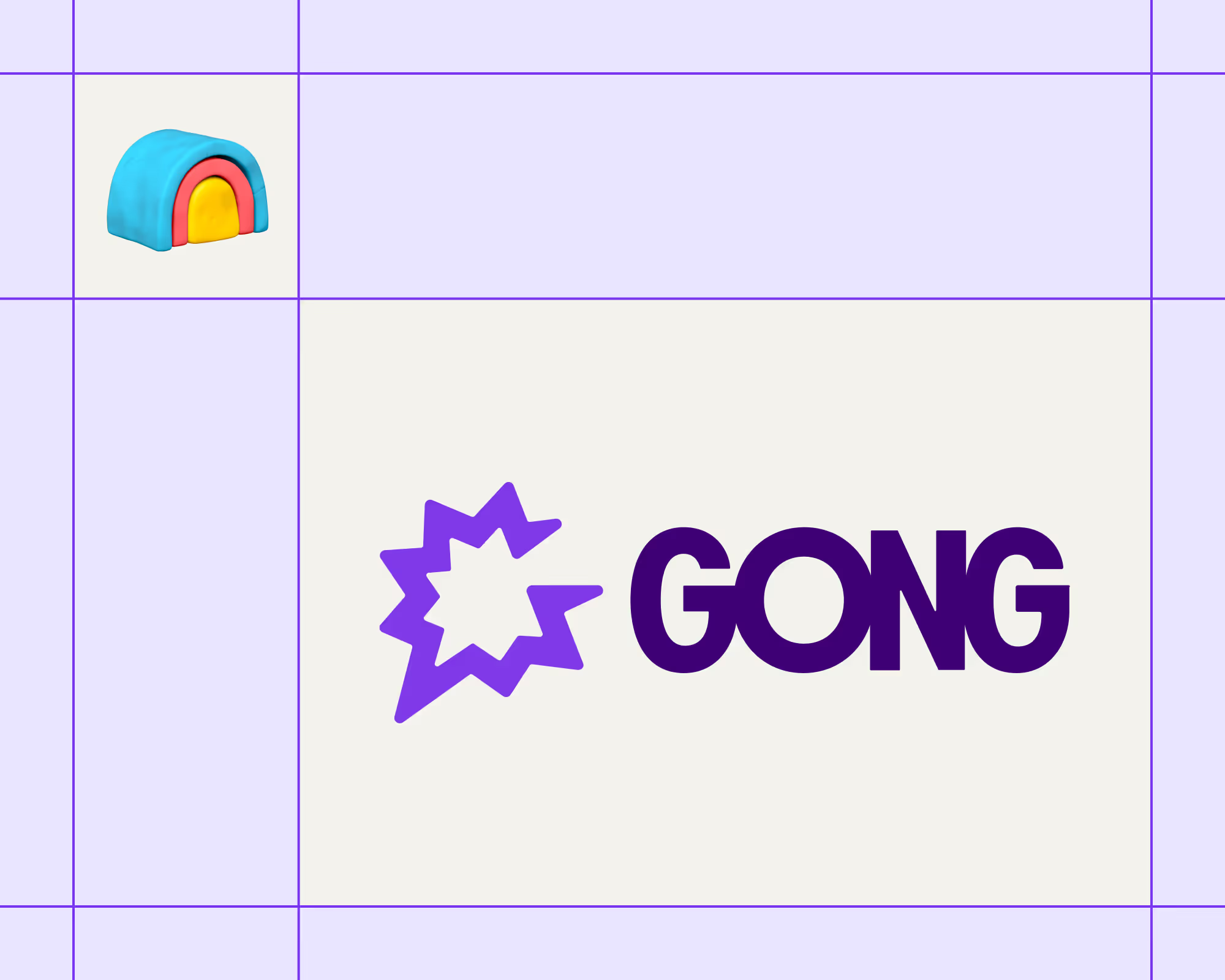

.avif)











.avif)
.avif)






















































